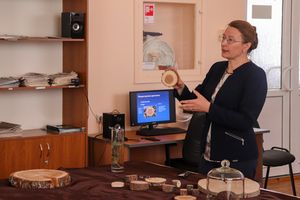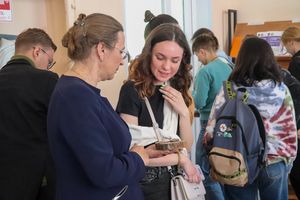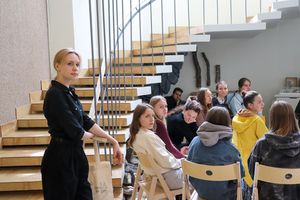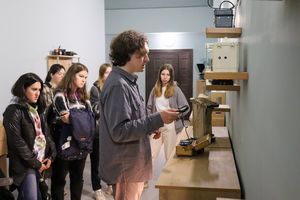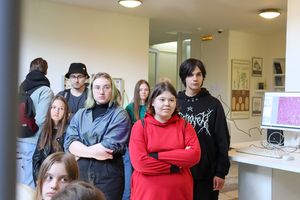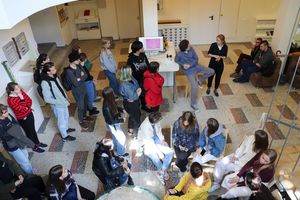The key mission of the Museum of Applied Environmental Research is to popularize the results produced by natural science specialists from KarRC RAS and to raise public environmental awareness.
In particular, the Museum will exhibit the objects of research – specimens from entomological, ornithological, ichthyological, dendrological, herbarium and other collections of the Centre’s institutes.
– Natural science research has been carried out at KarRC RAS since its foundation, so the Museum will also feature historical exhibits, such as equipment, tools, posters – the Project Manager, Leading Specialist at KarRC RAS Department for International Cooperation Alexandra Smirnova told.
At the same time, much attention will be given to modern technologies, multimedia, and interactive features. There will be videos about scientists’ fieldwork, footage from nature cameras deployed in protected areas, underwater footage. Visitors will get a chance to examine the samples that research work with under a microscope, to touch the research objects, and to manipulate tools and equipment.
More than a half of the planned activities for creating the museum have been completed: the concept in getting realized, spaces are ready, much of the material has been gathered, some exhibition sections have been assembled and installed.
The museum will also serve as a venue for academic activities, including career guidance, for schoolchildren, college and university students. This work has already started, even before the museum opening. On June 15th KarRC RAS was visited by students of the Zoology and Ecology Department of the Institute of Biology, Ecology and Agricultural Technologies (Petrozavodsk State University) and their professor Konstantin Basalaev as part of practical training. First-year students were offered a lecture by the Secretary for Science of the Forest Research Institute KarRC RAS Nadezhda Nikolaeva. She told about the tree species growing in Karelia and demonstrated the Abnormal Wood Collection. After the students had been guided around the exhibition sections of the future museum, a brain storm tool place: ecologists-to-be shared their impressions and made proposals on the content to be added to the museum. It was proposed, for instance, to add multimedia with bird voices to the ornithology section, to modify the tour structure and to add new elements.
KarRC RAS Museum of Applied Environmental Research is being created in collaboration with the North-Centre Association with funding from the Russian presidential grant for the development of the civil society. The museum opening is scheduled for September 2022.
News
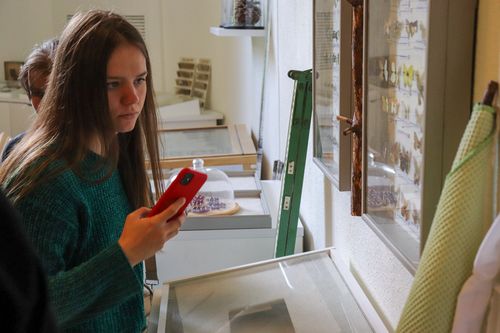
June 17, 2022
The work to create the Museum of Applied Environmental Research at KarRC RAS continues. On June 15th, the museum-to-be was visited by Petrozavodsk University students during their summer practical training. The students took a tour of the first exhibition sections and made proposals on the content to be added.
See also:
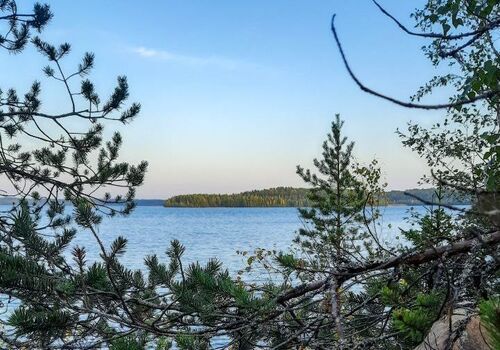
July 7, 2025
A successful introduction: the zander has settled down in Lake Sundozero and continues to spread
Scientists of the Institute of Biology KarRC RAS have published the results of long-term observations over the population of the zander (or pikeperch) introduced to Lake Sundozero more than a half-century ago. They confirm the species has become naturalized. Maintaining the population requires regulation of harvesting, protection during spawning, and tending of spawning grounds.
Scientists of the Institute of Biology KarRC RAS have published the results of long-term observations over the population of the zander (or pikeperch) introduced to Lake Sundozero more than a half-century ago. They confirm the species has become naturalized. Maintaining the population requires regulation of harvesting, protection during spawning, and tending of spawning grounds.
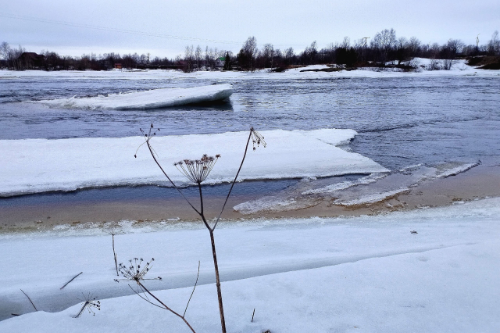
June 26, 2025
Ice-related phenomena on rivers emptying into the White Sea now last three weeks less than 60 years before
Ice on northern rivers now forms later while ice-off occurs earlier. Karelian scientists confirmed this having analyzed 64 years of marine and meteorological data from the estuaries of rivers draining into the White Sea along its western coast. Climate change has bit three weeks off the ice-covered period on these rivers. The reductions have been the most significant in the last 30 years, aligning with global warming trends in Arctic water bodies.
Ice on northern rivers now forms later while ice-off occurs earlier. Karelian scientists confirmed this having analyzed 64 years of marine and meteorological data from the estuaries of rivers draining into the White Sea along its western coast. Climate change has bit three weeks off the ice-covered period on these rivers. The reductions have been the most significant in the last 30 years, aligning with global warming trends in Arctic water bodies.

June 23, 2025
Citizen science and web technologies help researchers study insects of Karelia
More than 30 insect species not encountered in Karelia previously have been revealed by entomologists from KarRC RAS during their expeditions and using data communicated by active participants of the iNaturalist portal – an open platform for collecting biodiversity data.
More than 30 insect species not encountered in Karelia previously have been revealed by entomologists from KarRC RAS during their expeditions and using data communicated by active participants of the iNaturalist portal – an open platform for collecting biodiversity data.




